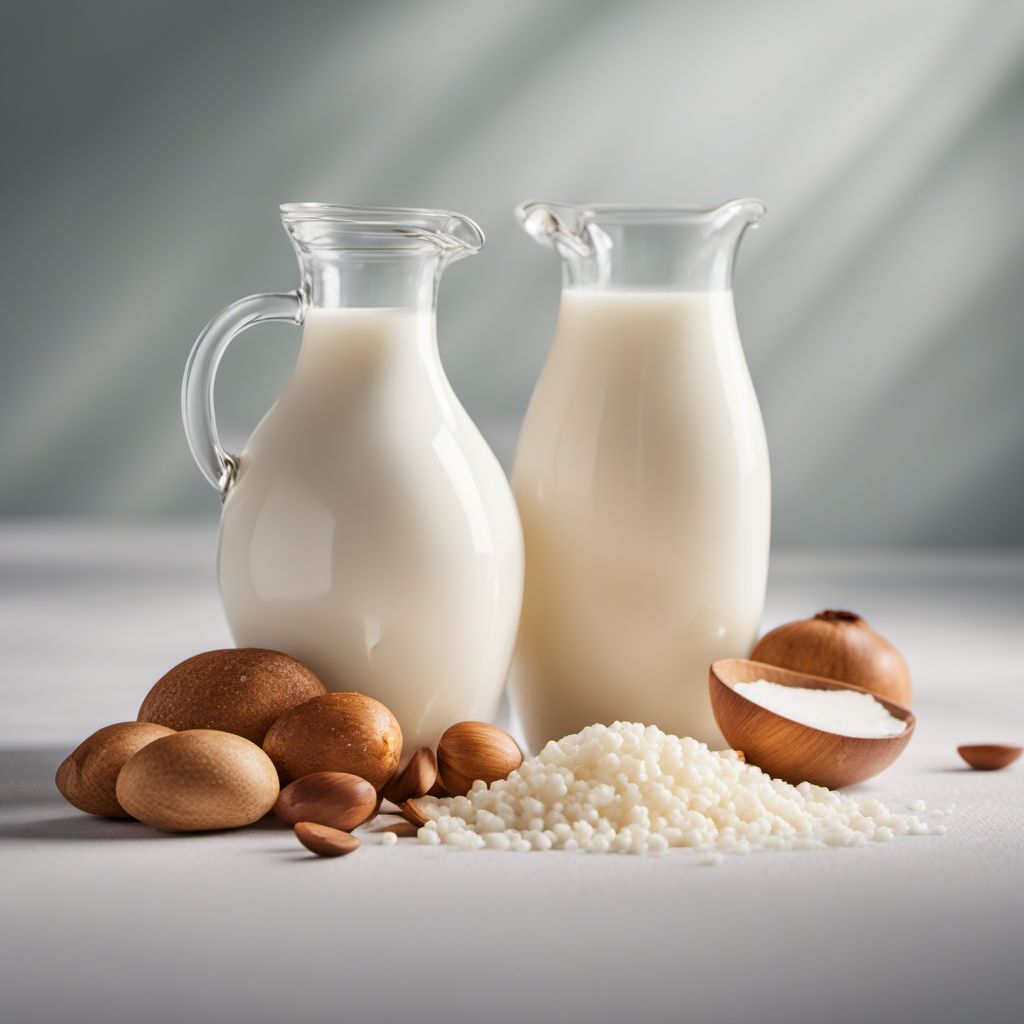
Ingredient
Cow milk fat (not emulsified)
The Creamy Essence
Cow milk fat, or butterfat, is the fatty portion of milk that gives it a rich and creamy texture. It is commonly used in baking, cooking, and as a spread. Cow milk fat has a smooth and velvety mouthfeel with a distinct buttery flavor that enhances the taste of various dishes.
Origins and history
The use of cow milk and its fat can be traced back thousands of years to ancient civilizations such as the Egyptians and Mesopotamians. Butterfat has been a staple ingredient in many traditional cuisines around the world and continues to be cherished for its flavor and versatility.
Nutritional information
Cow milk fat is a concentrated source of calories and saturated fat. It also contains small amounts of vitamins A, D, E, and K. Moderation is key when consuming cow milk fat due to its high calorie and fat content.
Allergens
Milk and its derivatives, including cow milk fat, are known allergens for individuals with lactose intolerance or milk protein allergies.
How to select
When selecting cow milk fat, opt for high-quality products from reputable sources. Look for butter or ghee that is made from grass-fed cows, as they tend to have a richer flavor and higher nutritional value. Check for a creamy yellow color and a pleasant aroma.
Storage recommendations
To maintain the freshness and quality of cow milk fat, it should be stored in an airtight container in the refrigerator. It is important to keep it away from strong-smelling foods as it can absorb odors easily. Proper storage can extend its shelf life for several weeks.
How to produce
Producing cow milk fat requires specialized equipment and processes that are typically carried out by dairy farms or creameries. It involves separating the fat from the milk through churning or centrifugation. Amateur producers can make their own butter by vigorously shaking or whisking cream until it separates into butter and buttermilk.
Preparation tips
Cow milk fat can be used in a multitude of ways, including baking, cooking, and as a spread. It adds richness and flavor to pastries, sauces, and sautés. It can be used to fry or sauté foods, providing a delicious golden crust and enhancing the overall taste.
Culinary uses
Cow milk fat is widely used in cuisines around the world, particularly in European, North American, and Indian cooking. It is commonly available in grocery stores and supermarkets.

